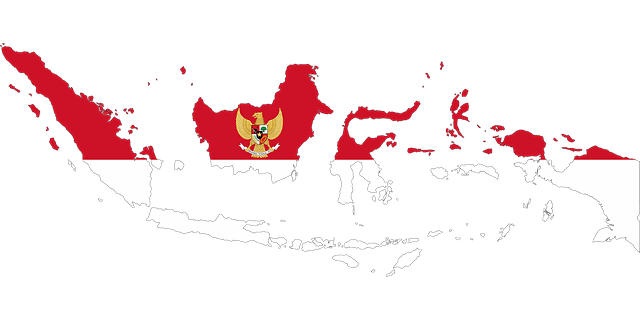The government of Indonesia has launched a new disaster risk pooling facility that will initially have more than US $500 million of capacity available to help pay for the economic costs of natural catastrophes and severe weather events, but with a future goal of transferring some or all of the risk to private insurance or capital market sources.
It’s estimated that Indonesia suffers somewhere between US $1.3 billion and US $1.5 billion of economic damages from natural disasters on average each year.
At the same time, the budgeted reserves for disaster management, response and recovery sit at below half that amount, hence the focus on boosting capacity in Indonesia over the last few years.
Earlier this year we explained that the World Bank had approved $500 million of funding for Indonesia, to help the country enhance its financial response to natural disasters, climate risks, and health-related shocks, with the use of risk pooling, and insurance or reinsurance instruments at the heart of the plan.
Back in 2019, Indonesia’s government secured approximately US $770 million of natural disaster insurance coverage for state buildings and assets.
This risk pooling move appears designed to help the government benefit from greater efficiencies within its purchases of disaster insurance or reinsurance capacity, with the capital markets also seen as a possible future avenue of risk transfer.
The World Bank has had discussions on the use of catastrophe bonds with Indonesia as well.
The Joint Fund for Disaster Management, or Disaster Pooling Fund, was launched yesterday by the government.
“The Disaster Pooling Fund is a milestone in disaster risk management in Indonesia because it increases the capacity of disaster risk funding, especially disaster mitigation and risk transfer,” explained Febrio Kacaribu, Head of the Ministry of Finance’s Fiscal Policy Agency, in Jakarta yesterday.
The fund of 7.3 trillion Ruppiah (just over US $500m), is designed to close the disaster funding gap and accelerate disaster management and response processes, boosting the government’s disaster funding capacity.
The risk pooling structure has been designed to enable the government of Indonesia to benefit with economies of scale and efficiencies of diversification, should it choose to access private sources of insurance and reinsurance capital to transfer some of the disaster risks.
Supporting funds will be collected and pooled from across central government, local governments, private sector, communities and development partners,
Those funds can then be used to buy risk transfer from private reinsurance or capital markets, to secure contingent sources of capital in case of major disaster events, the government explained.
Government departments cannot buy risk transfer on their own, while the pooling of funds and risks makes accessing risk transfer more efficient for Indonesia.
The risk pooling fund is expected to become the main buyer of disaster insurance cover for all government buildings and those belonging to ministries or agencies, while also working with local governments to secure risk transfer or insurance for regional assets as well.
Which makes risk transfer to the capital markets a definite possibility, as that would allow the government of Indonesia to benefit from capital market appetite for natural disaster risk, while better protecting its population.
This new risk pooling fund looks like a positive step on the road to enhancing private market risk transfer for Indonesia.


